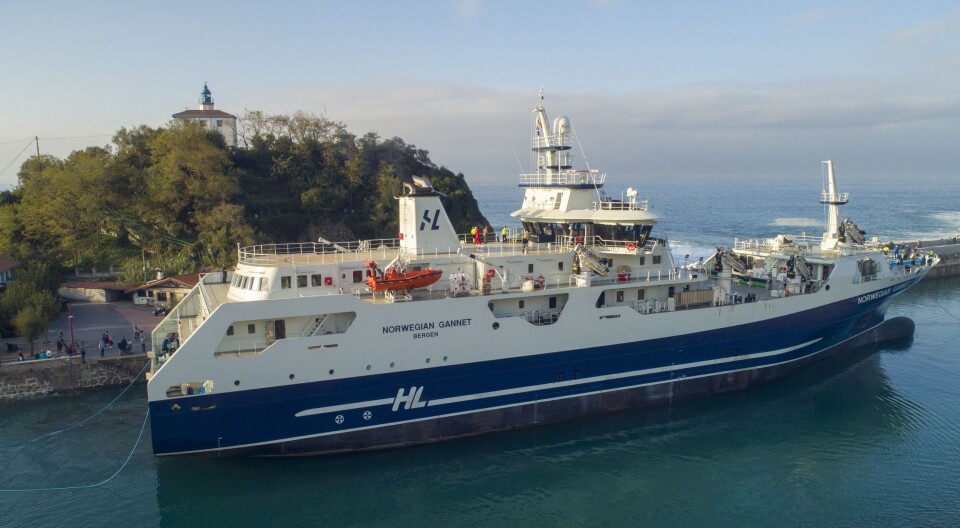
Norway algal bloom toll rises to 11,600 tonnes worth £65m
Norway’s Fisheries Directorate has increased its estimate of the salmon industry’s financial loss from algal blooms in the north of the country to NOK720 million (£65m).
The Directorate previously put the cost at NOK620m, based on the deaths of 10,000 tonnes of fish at NOK62 per kilo. But that figure has risen in line with a revised estimate of mortalities which now stands at 11,600 tonnes.
Officials have said they can’t yet give the total number of fish lost because not all the affected fish farmers have the capacity and overview to state the numbers, and the weight of the fish varies from 700 grams to 5.5 kilos.
Nordland and Troms
Nordland and Troms have been affected by the blooms.
The Directorate said that in Troms farmers had cleaned net pens and some had started feeding fish again but remained on alert in case the algae bloomed again. The Directorate had warned them that there may be a spread north along the Tjeldsundet.
“Mortality in the inner Ofotfjord (in Nordland) has stopped - naturally because there are almost no fish left. Mortality has now slowed down in central parts. In outer parts there is a great deal of mortality,” said the Directorate.
Outgoing currents
The forecast still shows outgoing currents from the Ofotfjord the coming day.
It is reported that farmers have experienced that fish that are already affected by the algae cannot tolerate being moved.
The harvest boat Norwegian Gannet is due to arrive in the region during the evening. The ship is uniquely suited for quickly emptying cages that are hit by blooms, something that it is hoped will preserve the value of the fish.
Mobile laboratory
A Coast Guard vessel, the Heimdal, is now in Nordland after a meeting between Seafood Norway, the Directorate of Fisheries and the Coast Guard. The ship is equipped with a mobile laboratory so that samples can be taken on board. A sampling system with clear routines for information sharing has been created.
The Fisheries Directorate and Norway’s Institute of Marine Research are in dialogue about whether it is possible to predict occurrence of algal blooms beyond the areas that have been affected, including by means of satellite images and extended sampling.























































